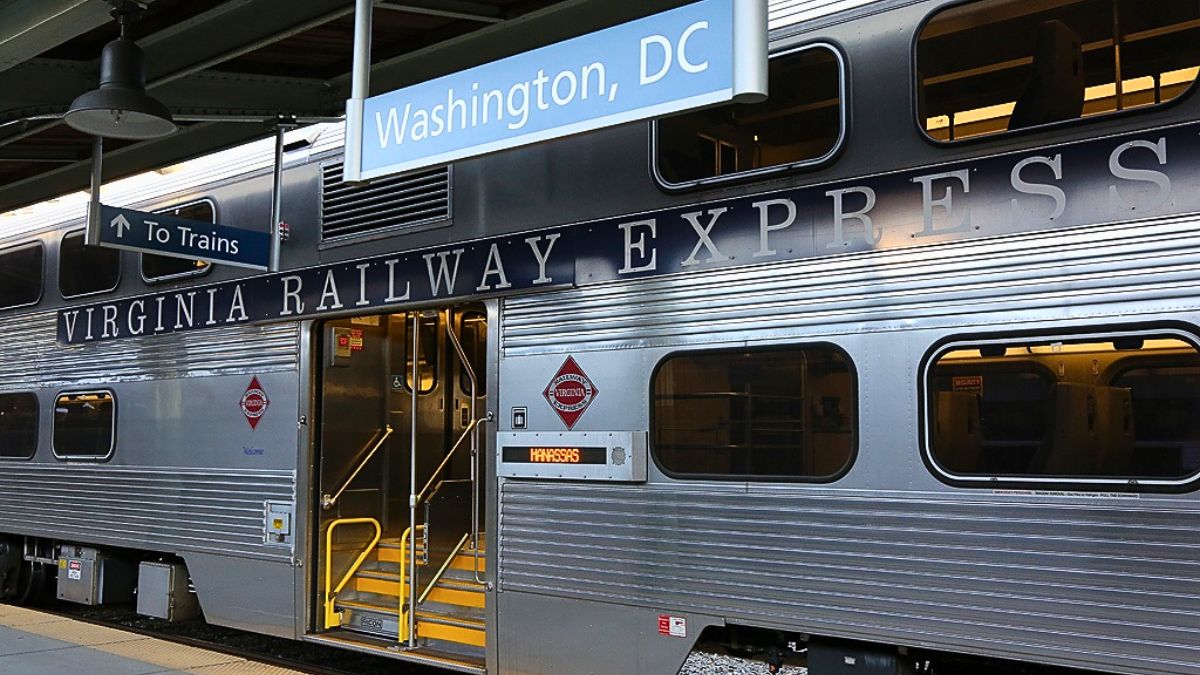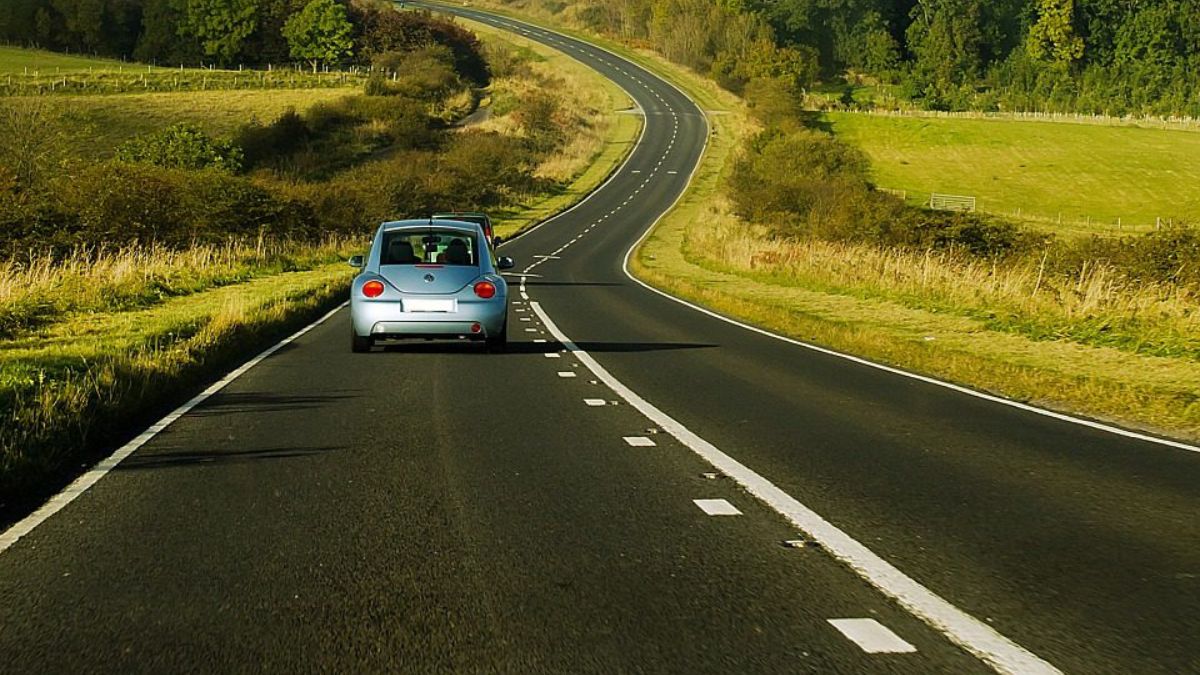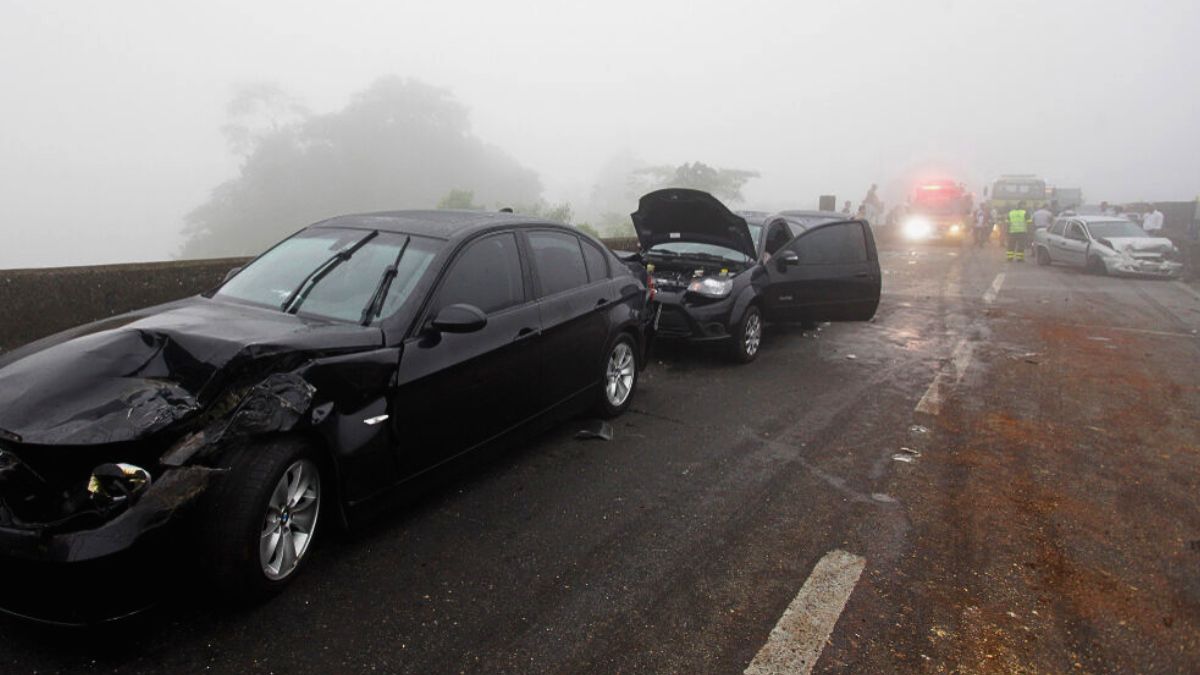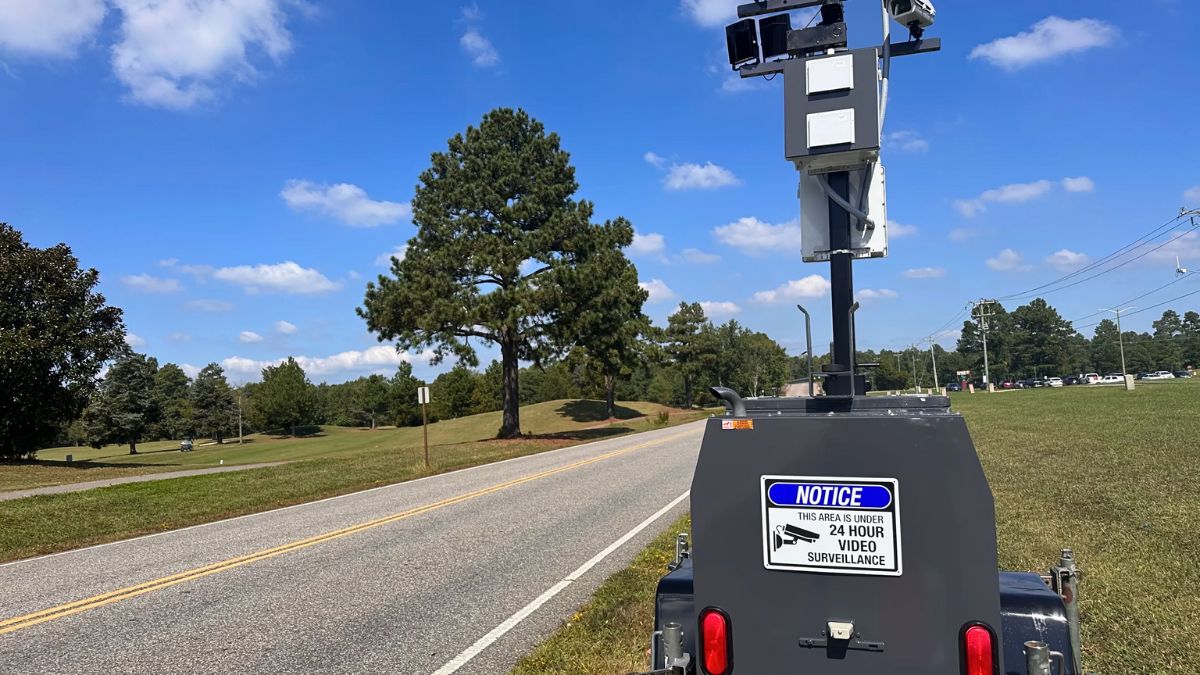Let’s be honest—Virginia’s commute isn’t exactly a joyride. From packed interstates to unreliable public transit, many Virginians lose hours each week just getting to and from work. But how bad is it really? And more importantly, what can be done about it?
We’re cutting into the stats behind Virginia’s daily grind and sharing practical solutions that could actually make your commute smoother.
Delays
Virginia commuters spend a lot of time in traffic. In fact, Northern Virginia ranks among the worst in the nation for congestion. According to the Texas A&M Transportation Institute, drivers in the D.C. metro area (which includes Northern Virginia) lost about 102 hours annually due to traffic delays.
That’s over four full days stuck in your car, just staring at the license plate ahead of you. Yikes.
Distances
The average one-way commute in Virginia is around 29.6 minutes, slightly above the national average of 26.4 minutes. But if you’re in Fairfax, Loudoun, or Prince William counties, that number can jump closer to 35–40 minutes—one way. Multiply that by two and you’re spending over an hour just commuting each day.
Now imagine doing that five days a week. No wonder people are exhausted before they even reach the office.
Modes
How do Virginians commute? Here’s a quick look:
| Commute Method | Percentage (Approx.) |
|---|---|
| Drive Alone | 74% |
| Carpool | 9% |
| Public Transit | 6% |
| Work from Home | 8% |
| Walk/Bike/Other | 3% |
Driving solo is clearly the go-to, but it’s also the biggest contributor to congestion. Public transit use is limited outside of urban hubs like Arlington or Alexandria.
Bottlenecks
Some of the worst traffic spots in Virginia include:
- I-95 in Northern Virginia – A daily nightmare for many
- I-66 inside the Beltway – Slow and unpredictable
- Route 29 in Charlottesville – Choked with local and through traffic
- Hampton Roads Bridge-Tunnel (HRBT) – A major choke point
These bottlenecks aren’t just inconvenient—they can delay trips by 30 minutes or more, especially during rush hour.
Solutions
So what’s being done—and what can you do?
State Projects
Virginia’s been working on some major infrastructure overhauls:
- I-95 Express Lanes extension: Adding more managed lanes
- HRBT Expansion Project: Adding new tunnels to ease congestion
- I-66 Outside the Beltway Project: Improving access and reducing backups
Personal Fixes
Not everything needs to be a government project. Here’s what you can do:
- Flex your work hours: Leave before or after the rush
- Telecommute: Even 1–2 days a week makes a difference
- Try public transit: Especially in areas served by Metro or VRE
- Carpool: Share the drive and the gas money
- Use traffic apps: Waze and Google Maps help avoid gridlock
Virginia’s commute is no walk in the park, but smart planning and evolving infrastructure are paving the way (literally) to better days. Whether you’re behind the wheel or catching a train, a smoother ride is possible—it just takes a mix of strategy and patience.
FAQs
How long is the average commute in Virginia?
About 29.6 minutes one way.
What’s the worst traffic area in VA?
I-95 in Northern Virginia is the most congested.
Is Virginia above the national commute average?
Yes, it’s about 3 minutes longer.
Does Virginia use toll lanes?
Yes, express lanes are common on I-95 and I-66.
Can working remotely help reduce traffic?
Absolutely. Even part-time remote work helps.

















